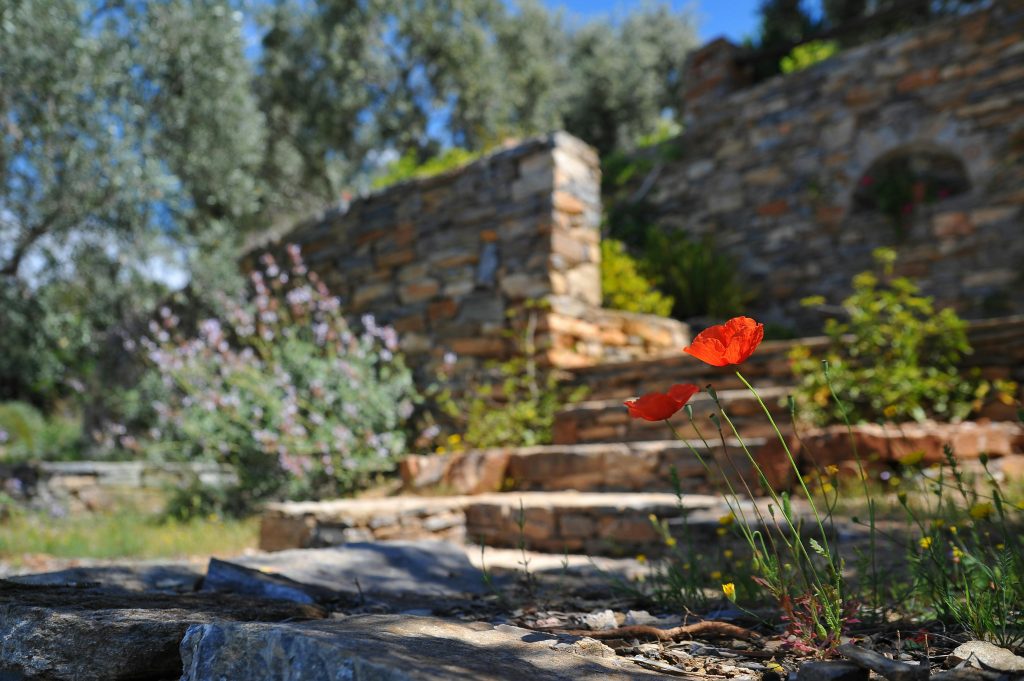Spring brings renewed energy to gardens across Canada as soil thaws and planting season begins. Understanding your Toronto gardening zone is essential for selecting plants that will thrive in our unique climate conditions. Toronto falls primarily within Zone 6a (with some areas in 5b), which means we have cold winters but relatively warm summers that support a surprising variety of plants.
Getting Started With Spring Planting
Your garden’s success depends largely on working with our local climate rather than against it. When selecting plants, always check their hardiness rating to ensure they can withstand Toronto’s winter temperatures that occasionally dip to -10°F (-23°C). Starting with native plants gives you a significant advantage as these species have naturally adapted to our local conditions over thousands of years.
Vegetables That Thrive in Toronto
Early spring is perfect for cool-season crops that appreciate our gradual warm-up. Toronto gardening zone considerations make leafy greens like spinach, kale, and lettuce excellent choices for April planting when soil temperatures reach about 40°F (4°C). These vegetables can be harvested multiple times through the season and often continue producing well into early summer before the heat slows their growth.
Flowers For Toronto’s Climate
Perennial flowers provide reliable beauty year after year when chosen correctly for our zone. Spring-blooming options like crocuses, tulips, daffodils, and hyacinths should be planted in fall but will reward you with the first splashes of color after winter. Summer bloomers like black-eyed Susans, coneflowers, and daylilies establish well when planted in spring and will return reliably for years with minimal maintenance.
Working With Toronto’s Soil
Our city’s soil varies dramatically depending on your neighborhood and property history. Clay soils dominate many areas, requiring amendment with compost to improve drainage and prevent root rot in spring’s wet conditions. Adding organic matter not only improves soil structure but also enhances nutrient availability for your plants without relying heavily on synthetic fertilizers.
Timing Your Spring Planting
Patience rewards Toronto gardeners who resist the urge to plant too early. Our last frost date typically falls around May 9th, making the Victoria Day weekend the traditional safe planting time for tender annuals and vegetables. Cool-season crops can go in much earlier, often in April, while heat-loving plants like tomatoes, peppers, and annual flowers should wait until nights consistently stay above 50°F (10°C).
Container Gardening for Small Spaces
Limited space doesn’t mean limited gardening opportunities in Toronto. Container gardens work brilliantly on balconies, patios, and small yards while allowing precise control over soil quality. Choose containers at least 12 inches deep for most vegetables, ensure proper drainage holes, and use high-quality potting mix rather than garden soil to prevent compaction and disease issues.
Creating Year-Round Interest
Strategic plant selection creates gardens that shine across all seasons, not just spring and summer. Incorporate spring bulbs, summer-blooming perennials, fall-colored shrubs, and evergreens with interesting texture to ensure your garden remains vibrant throughout the year. This four-season approach ensures your outdoor space provides continuous enjoyment despite Toronto’s dramatic seasonal changes.



